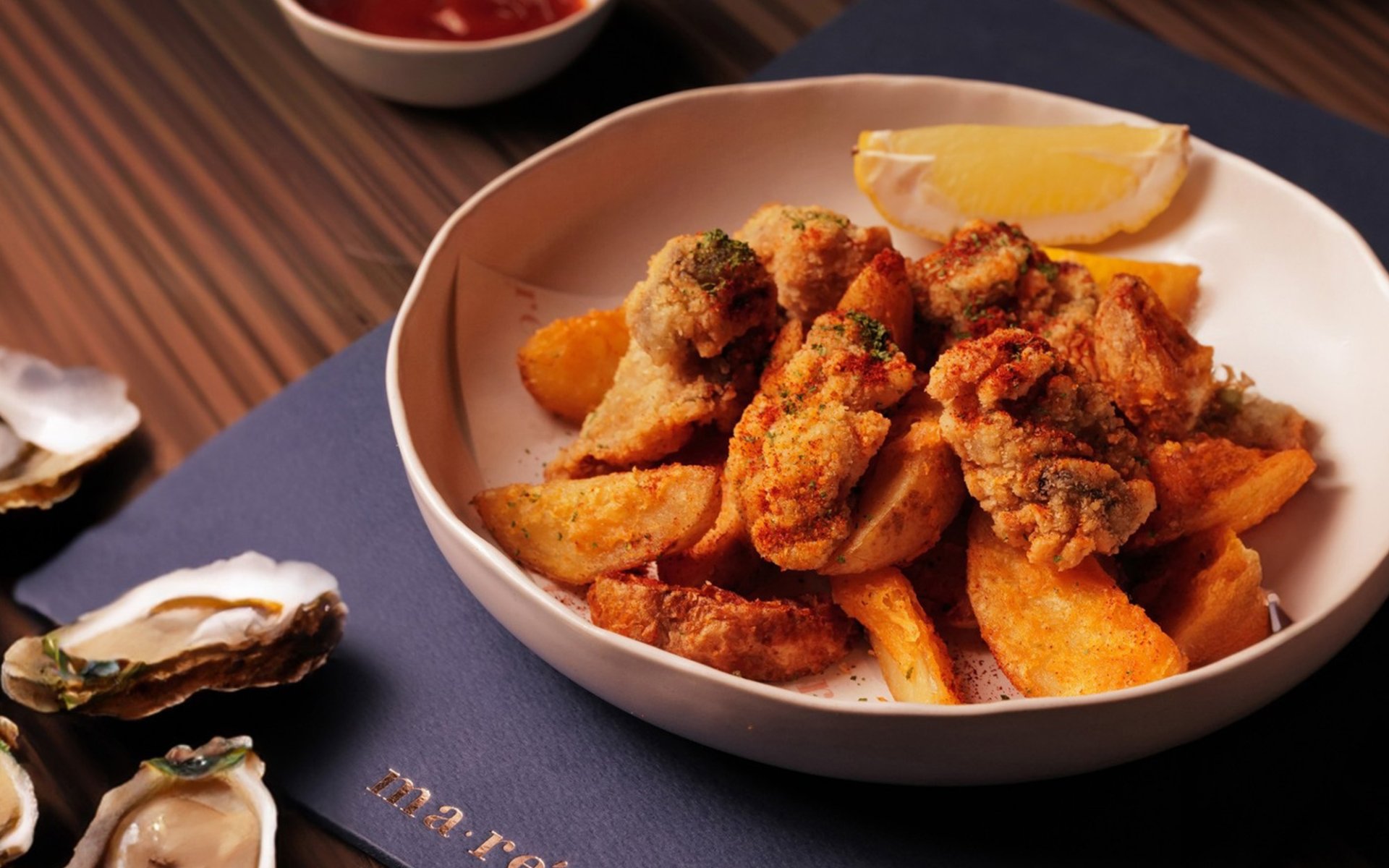Fried Oyster

Amidst the vast expanse of the ocean, few ingredients are as revered and cherished as the oyster. Humans have enjoyed Oysters for thousands of years. However, their popularity isn't limited to raw consumption; fried oysters have also been a delicious delicacy captivating palates for centuries.
The Origins of Oyster Consumption and the Emergence of Fried Oysters
Humans have consumed oysters since ancient times. Archaeological evidence indicates that oyster consumption began in communities near the Mediterranean Sea. Ancient Greeks and Romans were said to greatly enjoy the taste of fresh oysters, and in that era, oysters were considered a delicacy reserved for the elite. However, the concept of frying oysters likely emerged later, as people began experimenting with new cooking methods, discovering that frying could add a different texture and flavor profile.
Fried oysters first became known along the North American coast during the colonial era. In these areas, oysters were abundant along the shoreline, particularly in the Chesapeake Bay region. Consequently, oysters became an easily accessible and rich food source. The first known American fried oyster recipe appeared in the 1824 cookbook The Virginia Housewife by Mary Randolph. This recipe provided instructions on how to coat oysters with egg and breadcrumbs before frying them to a golden, crispy brown, reflecting a simple yet delicious homemade cooking style that became popular.
Widespread Popularity and Evolution in the 19th-20th Centuries
During the 19th century, fried oysters gained increasing popularity beyond coastal areas, especially in the urban centers of the United States, as improved transportation allowed oysters to reach more inland regions. Bars and restaurants began featuring fried oysters on their menus to meet rising consumer demand. Fried oysters were not just delicious but also an affordable option for the working class, quickly becoming a popular dish in pubs and general eateries.
During this period, the oyster farming industry was flourishing, making oysters more accessible and affordable. This was a key factor in the widespread recognition of this dish, which could be prepared in various ways, including fried oysters.
Later, in the 20th century, fried oysters underwent further development in various regions of the United States, with diverse recipes evolving to reflect local identities. For instance, some areas preferred a simple preparation with minimal seasoning to preserve the natural oyster flavor, such as a light dusting of salt and pepper. Other regions opted for richer seasonings and sauces to enhance the fried oysters, serving them with tartar sauce, Sriracha, or ketchup.
Fried Oysters in the Modern World: International Influence and New Innovations
Today, fried oysters are widely recognized in the culinary world, both in America and other parts of the globe. They can be found in local seafood establishments to high-end restaurants. Modern chefs are experimenting with various types of batters, such as cornmeal, tempura batter, beer batter, or even spiced flours, and constantly introducing new accompaniments like coleslaw, french fries, or pickled vegetables. This ensures that fried oysters remain an exciting dish for food enthusiasts worldwide, with endless variations and creative presentations.
Beyond the United States, fried oysters have also influenced international cuisine. Japan, for example, adopted the concept of frying oysters, often serving them as tempura known as Kaki Fry, a Japanese-style fried oyster that is crispy on the outside and tender on the inside, typically served with lemon and tartar sauce. In addition, some Asian countries, including Thailand, also traditionally fry oysters, often adapting the batter and seasonings to local tastes, such as the hot plate oyster omelet with crispy bean sprouts and spicy chili sauce.
The history of fried oysters is a journey spanning diverse cultures, reflecting the evolution of flavors and new culinary innovations. From ancient coastal communities enjoying classic fried oysters to their prominence in modern cuisine worldwide, it stands as a testament to the enduring appeal of this ingredient and its adaptability through time, demonstrating that deliciousness knows no bounds and can continually evolve.


